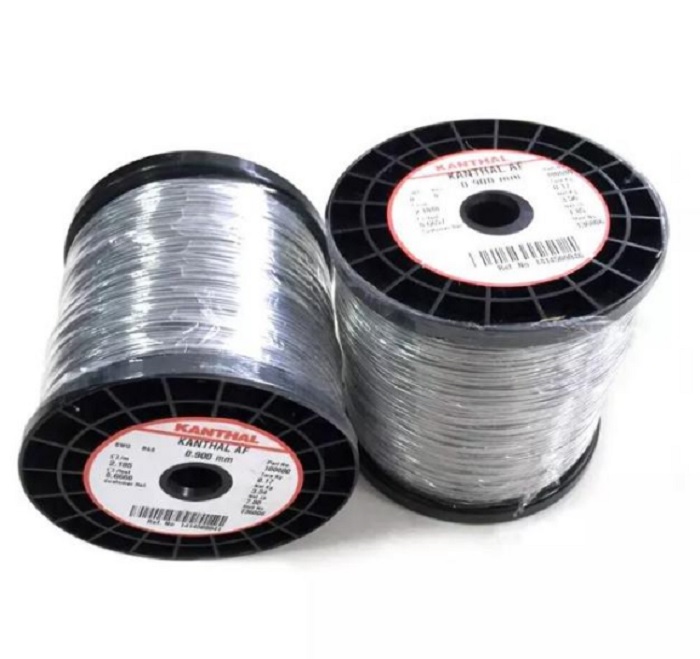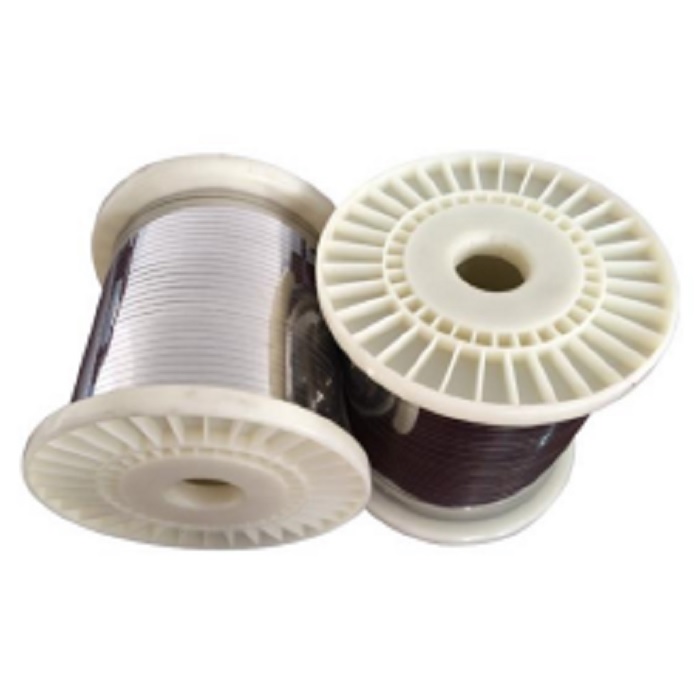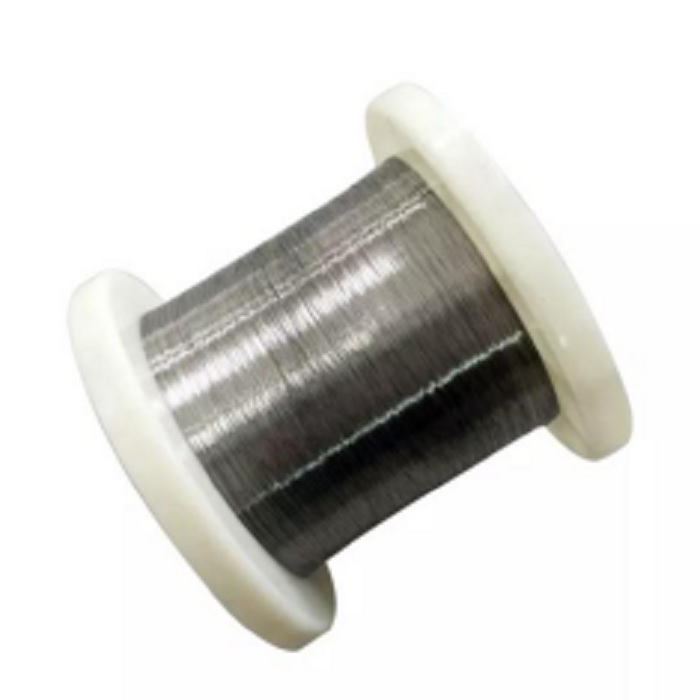Home
Copper VS Nichrome: Why Nichrome is Better?

Copper wire and Nichrome wire are two of the most popular types of wire used in electronic circuits. Nichrome is often chosen over copper because it has a number of advantages over copper. In this blog post, we will discuss the differences between the copper wire and Nichrome wire, and why Nichrome is often chosen over copper.
What is Nichrome Wire Used for?
These properties of Nichrome Wire make it ideal for use in appliances such as ovens, hair dryers, heaters, and even industrial furnaces. Nichrome Wire can also be used in high-temperature cutting machines, which can be used in some high-temperature applications in the home or industry to make precise cuts in certain foams and plastics.
Nickel-chromium wire is sometimes used as part of remote ignition systems for fireworks and is also used in laboratories to help detect the presence of trace metals in flames. This versatile alloy is also used in motorcycle mufflers and heating coils for e-cigarettes.
What is the Copper Wire Used for?
Copper wire is used in a variety of different industries and applications. They can be used as cables for buildings, power generation systems and even telephone lines, as well as electronic components and charger accessories for the automotive industry. Copper’s excellent thermal conductivity allows it to rapidly transfer heat from one place on Earth to another, so aerospace engineers can use the material when designing airframe wiring, which is critical as we move into space.
Why Nichrome is Better?
High-Temperature Resistance
Nichrome wire is made of an alloy of nickel and chromium. The composition of Nichrome wire is usually 80% nickel and 20% chromium. Nichrome is a better choice for heating and soldering. Because it has a higher melting point than copper. This means that Nichrome can withstand higher temperatures before it starts to break down. The copper wire will start to melt at around 1000 degrees Celsius, while Nichrome wire can withstand temperatures up to 1200 degrees Celsius. This makes Nichrome a much better choice for applications where high temperatures are involved.

Lower Electrical Resistance
Another advantage of Nichrome wire over copper wire is that it has a lower electrical resistance. This means that less current is required to flow through Nichrome wire than copper wire, which makes it more efficient. Additionally, Nichrome wire can carry a higher current density than copper wire, which means that it can be used in smaller diameter wires.
Anti-Oxidation
Another advantage of Nichrome over copper is that it is much less likely to oxidize. This alloy has a high resistance to corrosion and oxidation, which makes it ideal for use in electronic circuits.
When the copper wire is exposed to oxygen, it will start to form a layer of oxide on the surface. This oxide layer can make it difficult for electrical current to flow through the wire. Nichrome is much less reactive with oxygen, so it will not form this oxide layer. This makes Nichrome a better choice for applications where the wire will be exposed to high temperatures or to air.

Conclusion
Overall, Nichrome wire has many advantages over copper wire. Nichrome wire is more resistant to corrosion and oxidation, has a higher melting point, and can carry a higher current density. These advantages make nichrome wire the ideal choice for use in electronic circuits. We hope you found this blog post helpful.




![[pii_email_4c910535350b5a41ee81] Error Code Resolved](https://wigily.com/wp-content/uploads/2020/09/pii_email_4c910535350b5a41ee81-Error-Code-Resolved.jpg)
